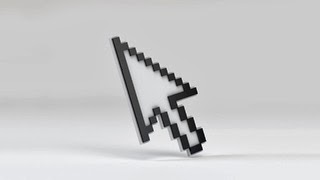A team of Stanford scientists recently made a breakthrough. After years of trying to create a new generation of lithium-ion batteries that use energy-efficient silicon to hold a charge, they found the secret to the winning design in an unlikely place: pomegranates.
The problem with using silicon in batteries is two-fold. For one, the fragile material swells and breaks during charging. It also tends to react with batteries' electrolytes and gunk up the circuits. But silicon can also store up to ten times as much charge as existing rechargeable lithium-ion batteries.
To avoid the material's downfall, the Stanford scientists drew inspiration from the way that pomegranate seeds come in clusters. They decided to use silicon nanowires that are too small to break and encase them in carbon "yolk shells" that would allow for some swelling. (See diagram to the left.) The yolk shells were then arranged like pomegranate seeds so that they would conduct electricity well without exposing the silicon. The new, pomegranate-inspired geometry works wonderfully.
"While a couple of challenges remain, this design brings us closer to using silicon anodes in smaller, lighter and more powerful batteries for products like cell phones, tablets and electric cars," said Stanford professor Yi Cui in a statement. "Experiments showed our pomegranate-inspired anode operates at 97 percent capacity even after 1,000 cycles of charging and discharging, which puts it well within the desired range for commercial operation."
Can you imagine if your smartphone bettery held ten times the charge it does now? Life would be wonderful! Of course, it'll take some time for this new technology to be implemented, so don't stop carrying around your charger. Yet.
More here.
















